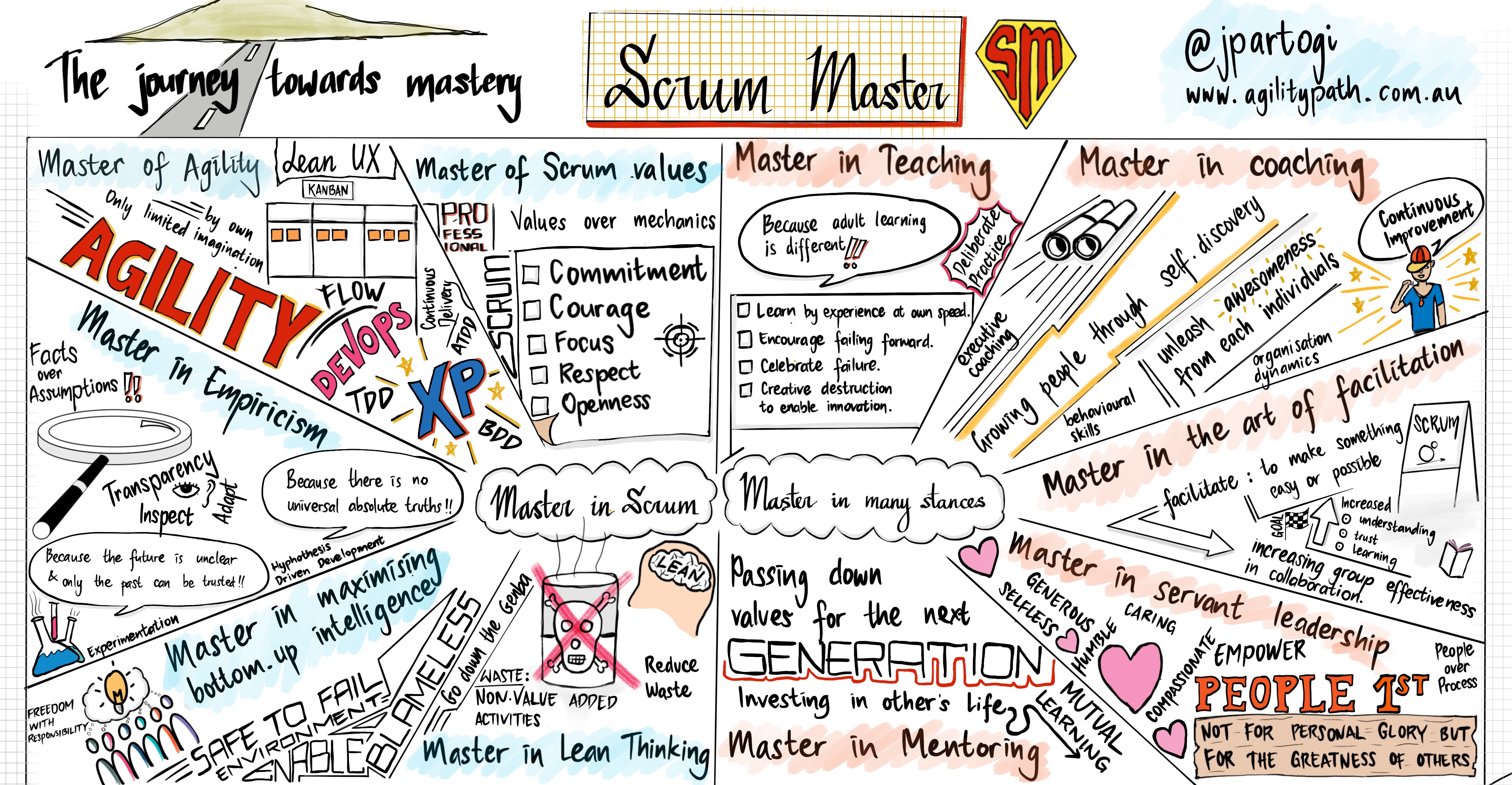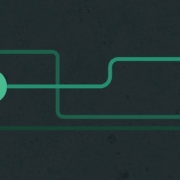“Digital twins” are commonly associated with Industrial Internet of Things installations, in which they are widely used. They generally work as follows: the sensors from a machine are mapped to a digital abstraction, or “twin,” making it easier to monitor the machine and know when it needs maintenance. The digital twin can also be used to model the lifecycle of the machine, predicting when, for example, individual parts are likely to fail. In fact, any physical asset that is receptive to monitoring and prediction, such as a city or even the human body, could benefit from a digital twin.
But the “digital twin” as a concept can also be extended in a different direction—to non-physical modeling. One particular area where it can be effective is in managing customer relationships, i.e. tracking and accurately predicting a customer’s needs. Basically, it can enable businesses to offer “the right product at the right time.”
Source de l’article sur DZone (Agile)












